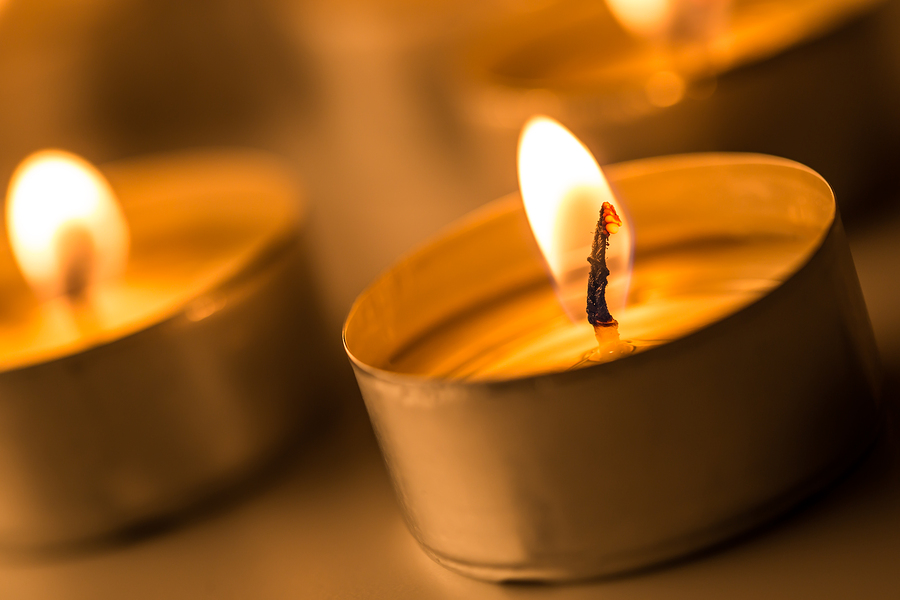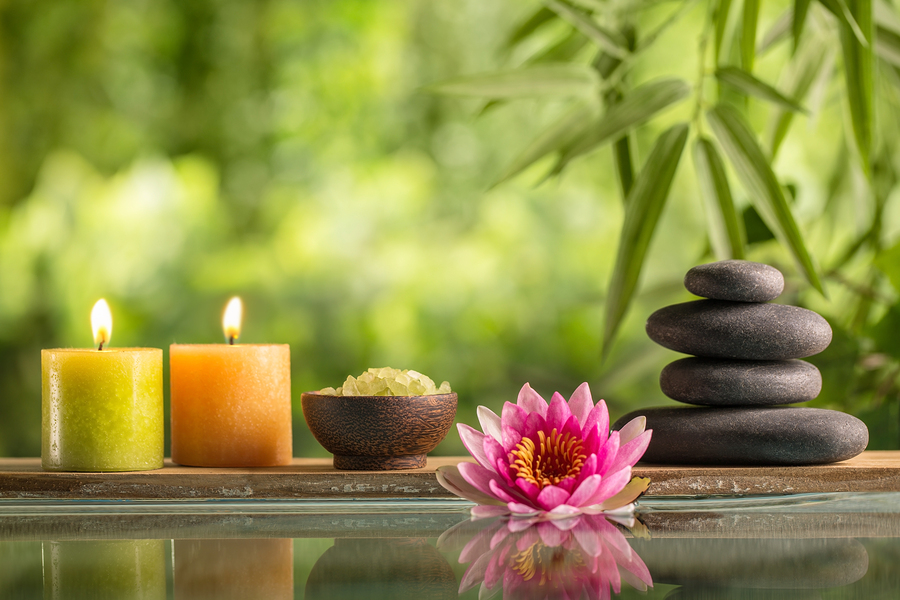- Make It Yourself Lavender Heart-Shaped Bath Bombs!
- 20 Things You Never Knew About “Down There”
- 12 Best Foods For Those Suffering From Arthritis Pain
- 12 Personal Hygiene Mistakes Almost Everyone Makes (Mom Never Told You About #4!)
- 15 Medicinal Plants And Herbs From The Cherokee People
- 12 Mind-Blowing Benefits Of Drinking Coconut Water During Pregnancy
- 12 Outstanding Winter Foods That Won’t Fatten You Up Like A Christmas Turkey
Are Your Candles Toxic?

Photo credit: bigstock.com
Candles of all varieties have become very popular over the last decade for improving home decor and aromatherapy purposes. Designer scented candles are a multibillion dollar industry. But most people would be surprised to know that the candles they stock up on for the holiday season and birthday gifts may contain toxic chemicals that could potentially cause serious health problems in the future.
The majority of inexpensive, mass produced candles are usually made from paraffin wax, a common type of wax made from petroleum. Paraffin is the wax of choice for many manufacturers for the candle bodies and wicks because of its low cost. The problem is that when paraffin wax is burned it can release chemicals in the fumes which are also found in the exhaust of cars, diesel engines, or even cigarettes. Some of these chemicals include toluene and benzene, which are considered carcinogenic (cancer-causing) and can also affect the central nervous system producing headaches. Paraffin fumes have been demonstrated to cause cancerous tumors to form in the kidneys, livers, and test animals.
There is also the fact that, at least in the United States, up to 30% of candles on the market still contain lead-based candlewicks despite the fact that these were banned by the FDA. It’s common knowledge that lead exposure has been linked to all kinds of behavioral and health problems. It was originally used in candle wicks to help them stand up straight, but fumes from candles with lead wicks have been shown to release lead contamination into the air and exceed air EPA pollution standards for outdoor environments.
Then there is the issue of the added chemicals which give scented candles their distinct aromas. One of the most common is limonene, a chemical used to give candles with citrus scents their lemon or orange smell. When limonene is burned it can react with ozone in the air to produce formaldehyde (the chemical used to preserve those frogs you dissected in high school biology class).
Continue to Page 2

Photo credit: bigstock.com
Some other pollutants found in candle wax fumes include:
- Carbon Disulfide
- Tetrachloroethene
- Cresol
- Xylene
- Tetrachloride
- Styrene
- Cyclopentene
- Acetone
- Chlorobenzene
- Trichloroflorumethane
- Ethylbenzene
- 2-Butanone
Sounds delightful? No? The next time you breathe in that honey-scented goodness from a paraffin candle just know you’re enjoying the same ingredients used in varnish, paint removers and household cleaning agents! Fun!
Healthy Candle Solutions
That was an awful lot of doom and gloom just now but relax, all is not lost. There are a number of ways you can enjoy the scent and light of candles without exposing yourself to toxic chemicals.
Candles made from bee’s waxare more expensive but they are by far the healthiest option for those seeking an alternative to toxic cheaper varieties. Unlike paraffin varieties, beeswax candles are entirely natural and do not release any toxic chemicals into the air. Beeswax candles are usually labeled as such. By contrast most brands do not exactly advertise their use of paraffin. Make sure the label indicates that it is 100% Beeswax, as some brands try to blend it with paraffin to lower production costs.
Another alternative to consider is candles made from soy. As with the beeswax variety, make sure that they are 100% soy derived, and not a paraffin blend. Soy candles produce clean, non-toxic fumes, and have a long burn time.
Continue to Page 3

Photo credit: bigstock.com
Tips for Safer Candle Use
- Do not buy cheap candles at the dollar store or similar places, especially if the ingredients are not labeled
- Do not buy candles imported from China
- Consider using a candle warmer as opposed to lighting
- If you do choose to light the wick, make sure it is trimmed down to 1/4”before doing so
- NEVER use candles with lead wicks
- Make sure there is ventilation in the room where the candle is used
Candle Alternatives
The absolute safest way to avoid the risks of candle smoke is to simply not use them at all. But since scented candles remain in high demand, alternatives have been developed which provide the same aromatic benefits without releasing smoke into the immediate environment. Consider using a diffuser which releases essential oil fragrances. Since nothing is being burned, there is no risk of a fire, and diffusers have the added advantage of acting as a miniature humidifier for the room, since it releases scented water vapor rather than smoke. This could be a selling point for those living in arid climates or for use during the dry winter months.
A diffuser also can be refilled and lasts for a long time, so over the years you could be saving money by going this route instead of continually replacing candles.
READ ALSO: 12 Toxic Compounds Hiding In This One Thing You Use Every Single Day
Regardless of which option you chose, you now have all the knowledge you need to avoid the toxic chemicals in common candles. Pick the candle or diffuser that’s right for you and enjoy the scented and healthy ambience in your home.
References:
































